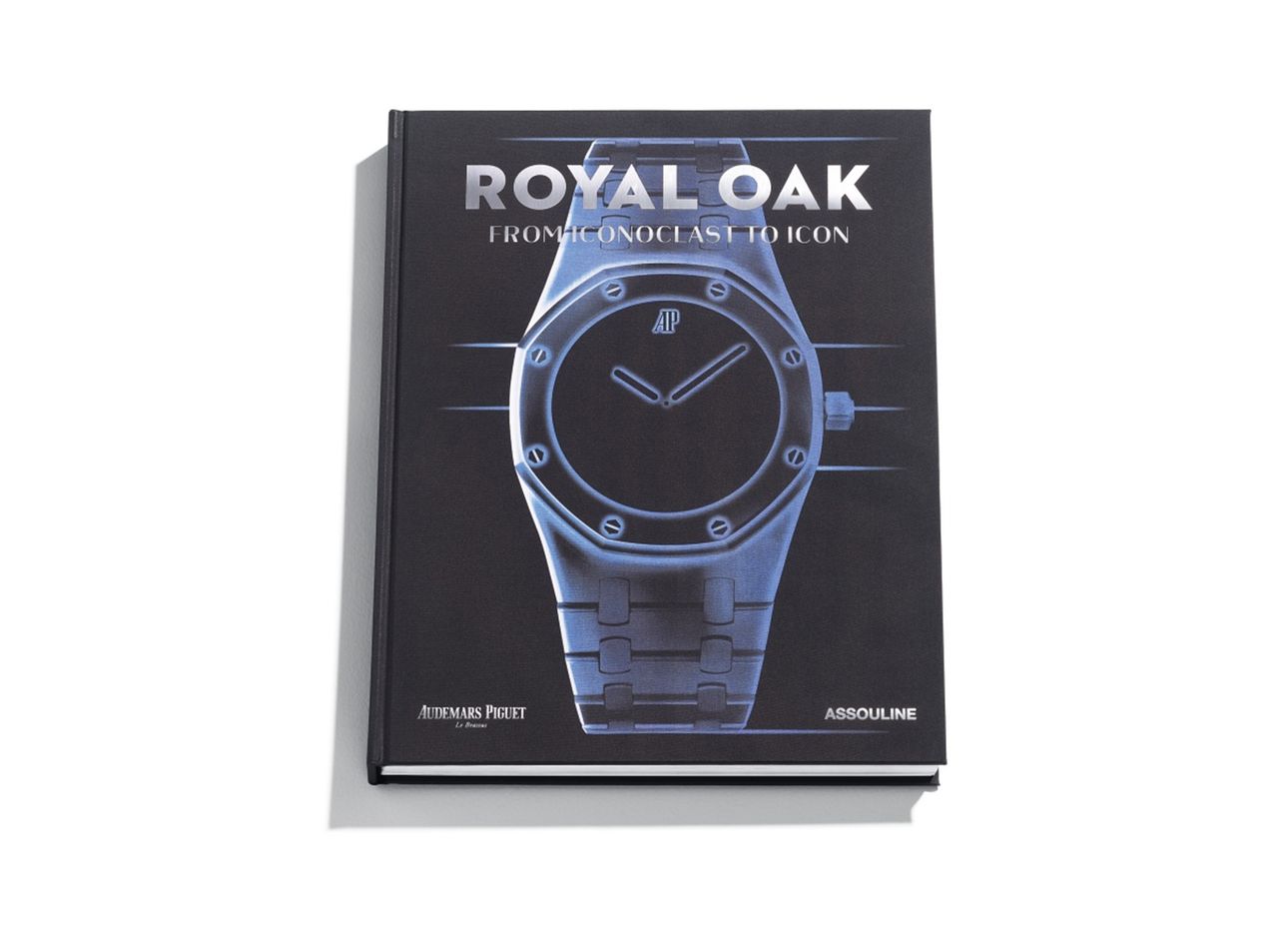
Why Audemars Piguet’s Royal Oak Remains One of the Most Enduring Watches Ever
Designed in 1972, at a time when a luxury watch made of steel was still a radical concept, Audemars Piguet’s nautical-inspired Royal Oak captured the “stealth wealth” style of the moment, mirroring the cutting-edge ethos of the French fashion scene (think: Hubert de Givenchy, Yves Saint Laurent, Emanuel Ungaro, Pierre Cardin), as well as the era’s groundbreaking architecture, such as Richard Rogers and Renzo Piano’s inside-out postmodernist Pompidou Centre in Paris, completed in 1977. “To me, the Royal Oak is a work of art that happens to be a watch,” says British GQ editor Bill Prince, author of the new book Royal Oak: From Iconoclast to Icon (Assouline), coming out October 12. “It’s one of those works of culture that has managed to cut through time, in the sense that it was born of an era, but it already had the criteria to be bigger than the era.”
“The Royal Oak,” he continues, “simply redrew the horological map. It placed Audemars Piguet’s home in the small village of Les Brassus, in the Vallée de Joux, at the heart of a new era of haute horology.”
Royal Oak the book serves as a weighty, glossy, in-depth look at the watch that, since its 1972 debut—and now celebrating its 50th anniversary—has maintained its longstanding distinction as one of the world’s most highly desired and sought-after timepieces. Luxuriously printed and bound, the oversized, slipcased book is a must-have for any Audemars Piguet collector, or simply the watch-curious—or, for that matter, anyone remotely interested in how a design masterpiece can succeed through a disruptive leap of faith. The book isn’t just about a masterfully crafted watch; it also offers a broad cultural perspective, smartly contextualizing its subject matter through art, architecture, and pop culture—from music to fashion to global politics.
Available in three different formats—a standard edition; a version with an exclusive metal plaque, made for top clients; and a mind-boggling, oversized XXL format with an easel and a wood box on wheels—Royal Oak: From Iconoclast to Icon explores how a meticulously made timepiece continues to capture the imagination of watch obsessives and collectors today. (The extraordinary XXL version is currently on view at the AP House in New York’s Meatpacking District and is worth seeking out.)
“When [battery-powered] quartz watches came into the Swiss watch industry, Audemars Piguet challenging this notion with the world’s most expensive stainless-steel watch may not have looked like the greatest idea at the time,’ Prince says. “But as we see, all these disruptive elements gave the company extraordinary longevity and success. That’s why the Royal Oak is still here today.”


